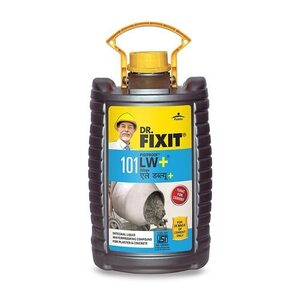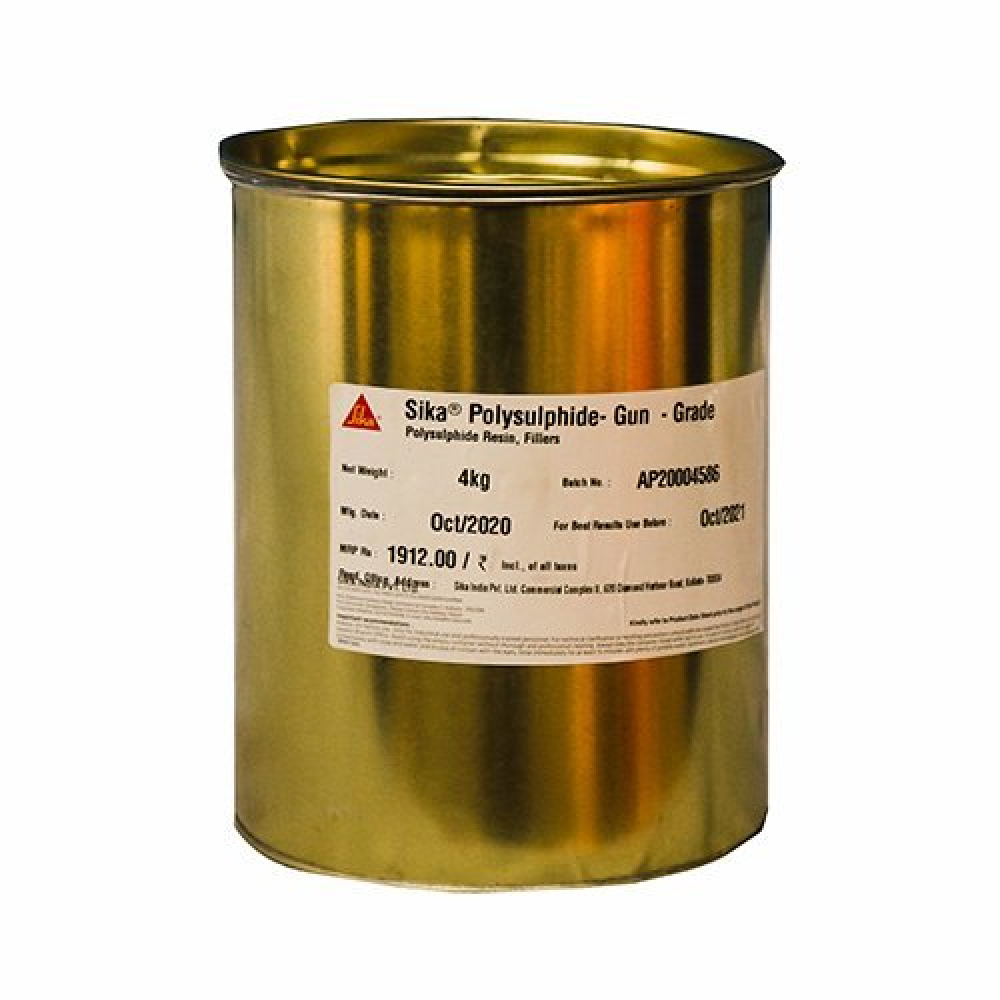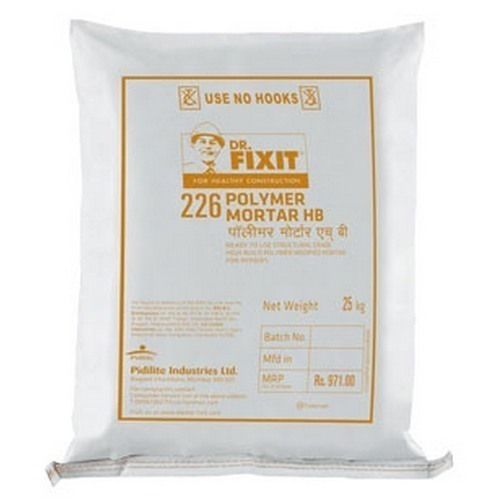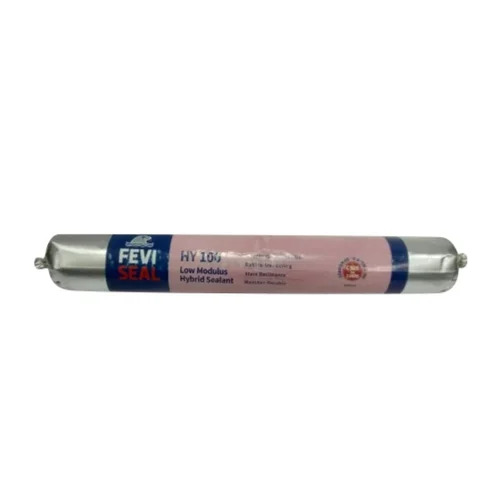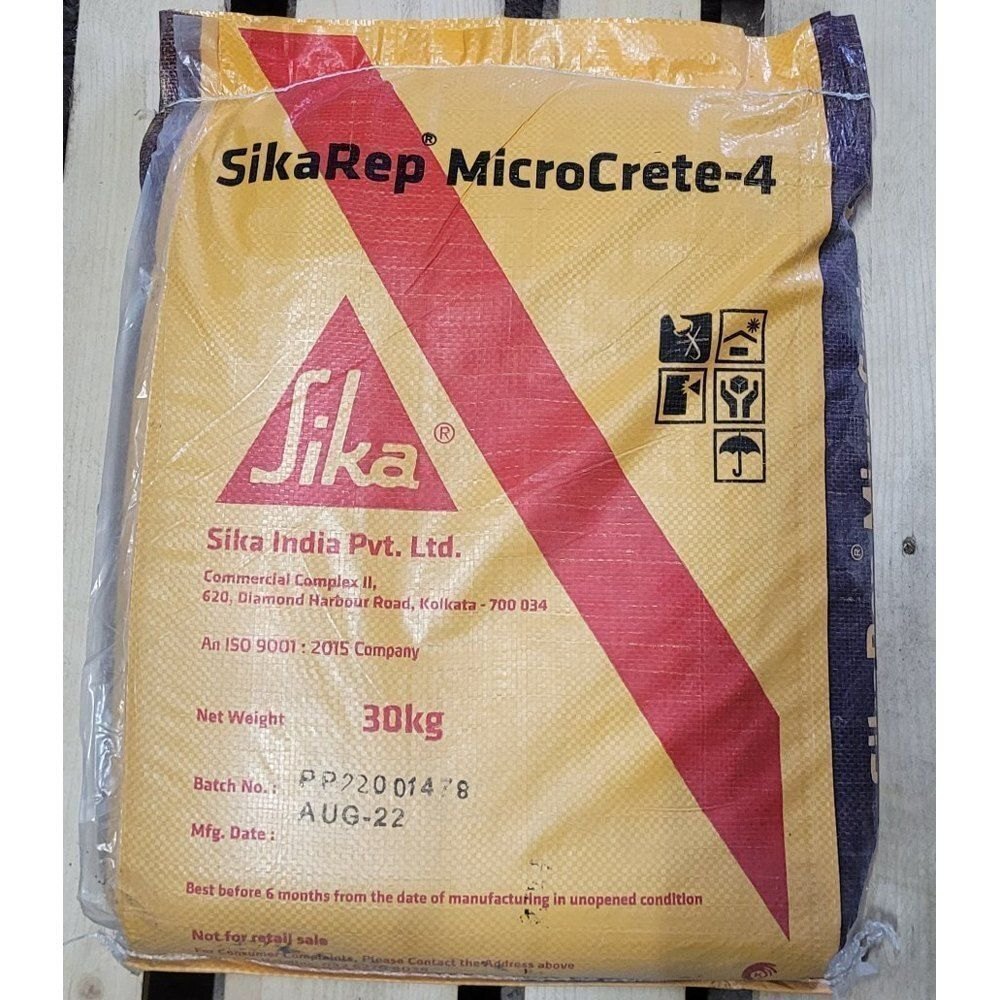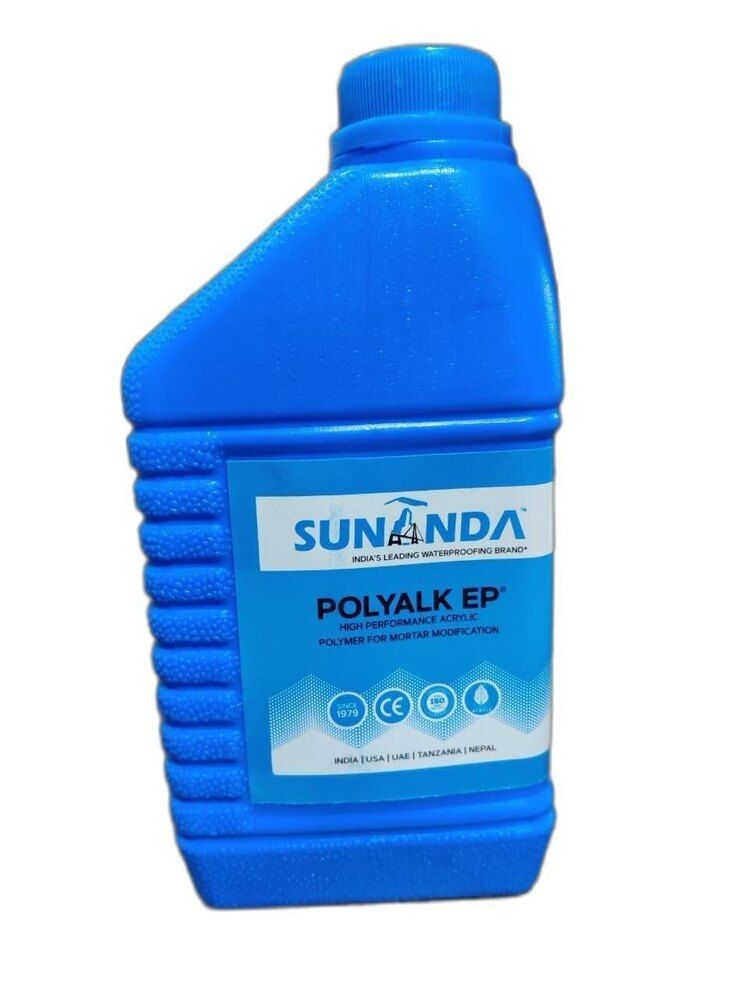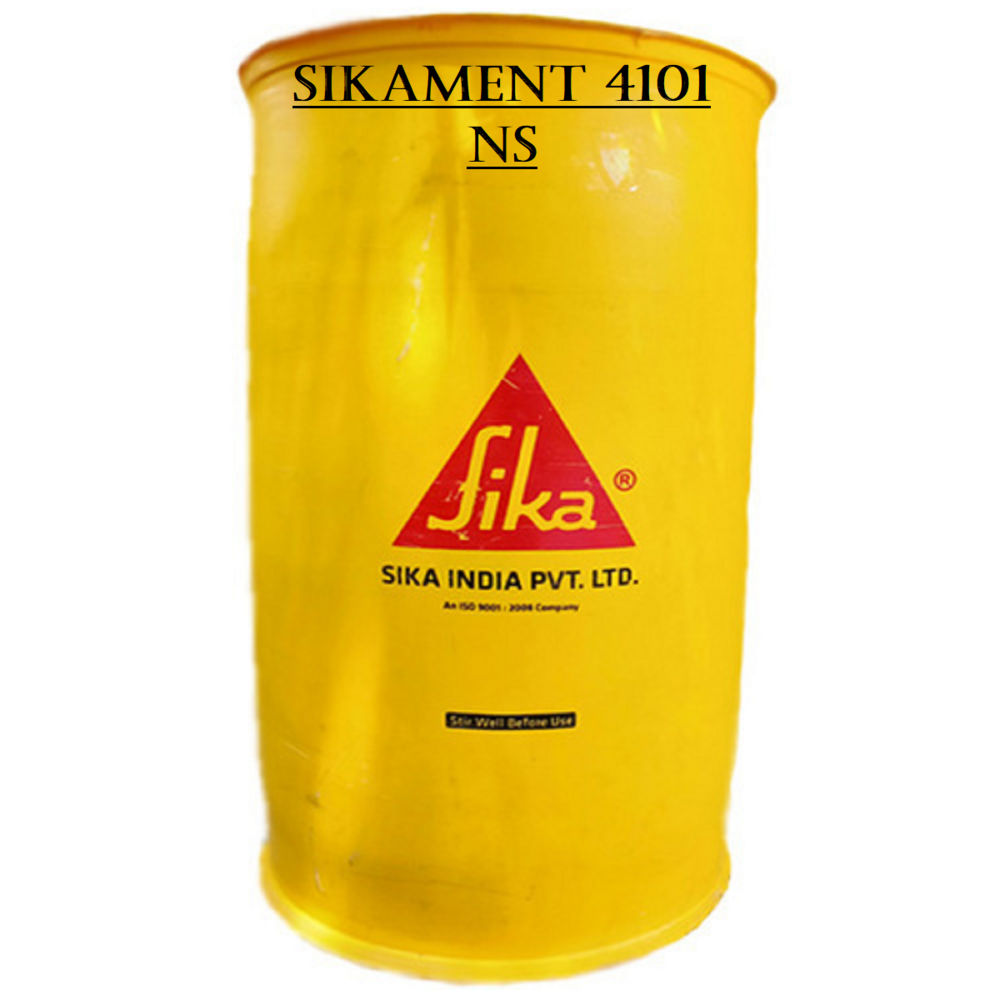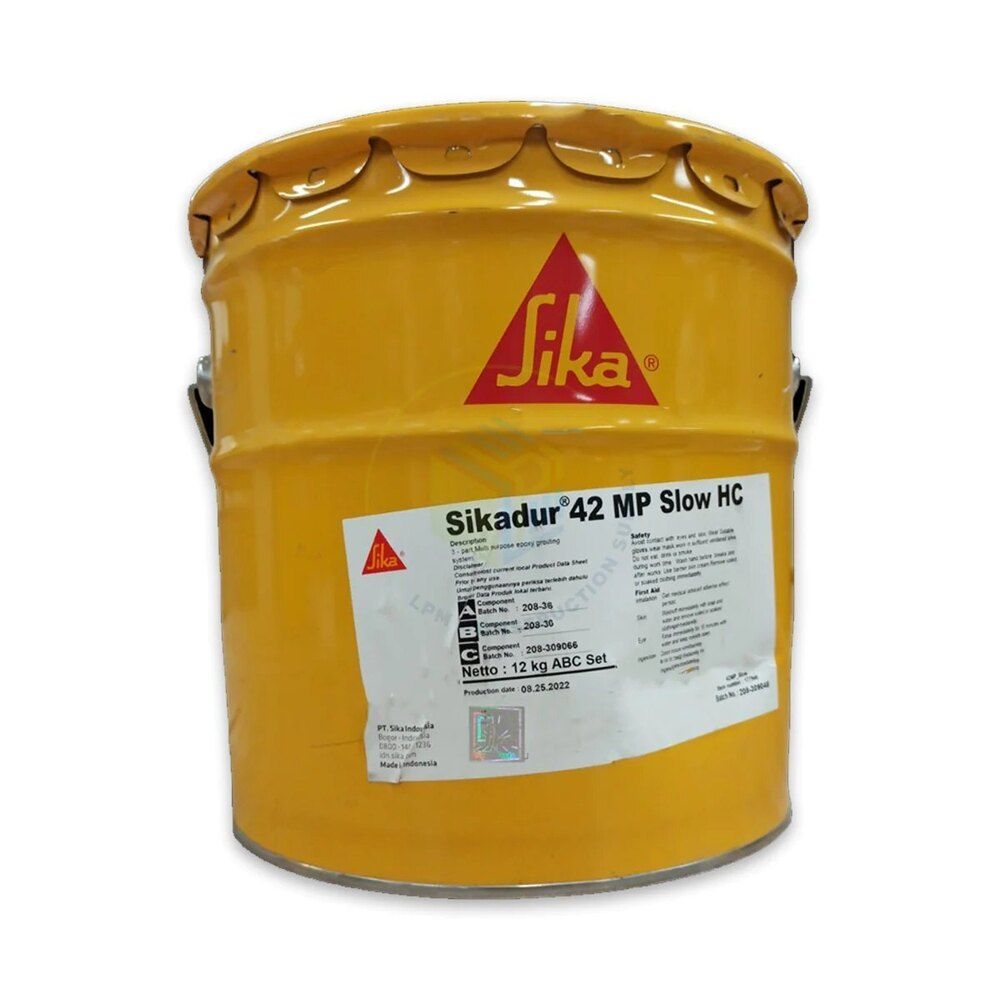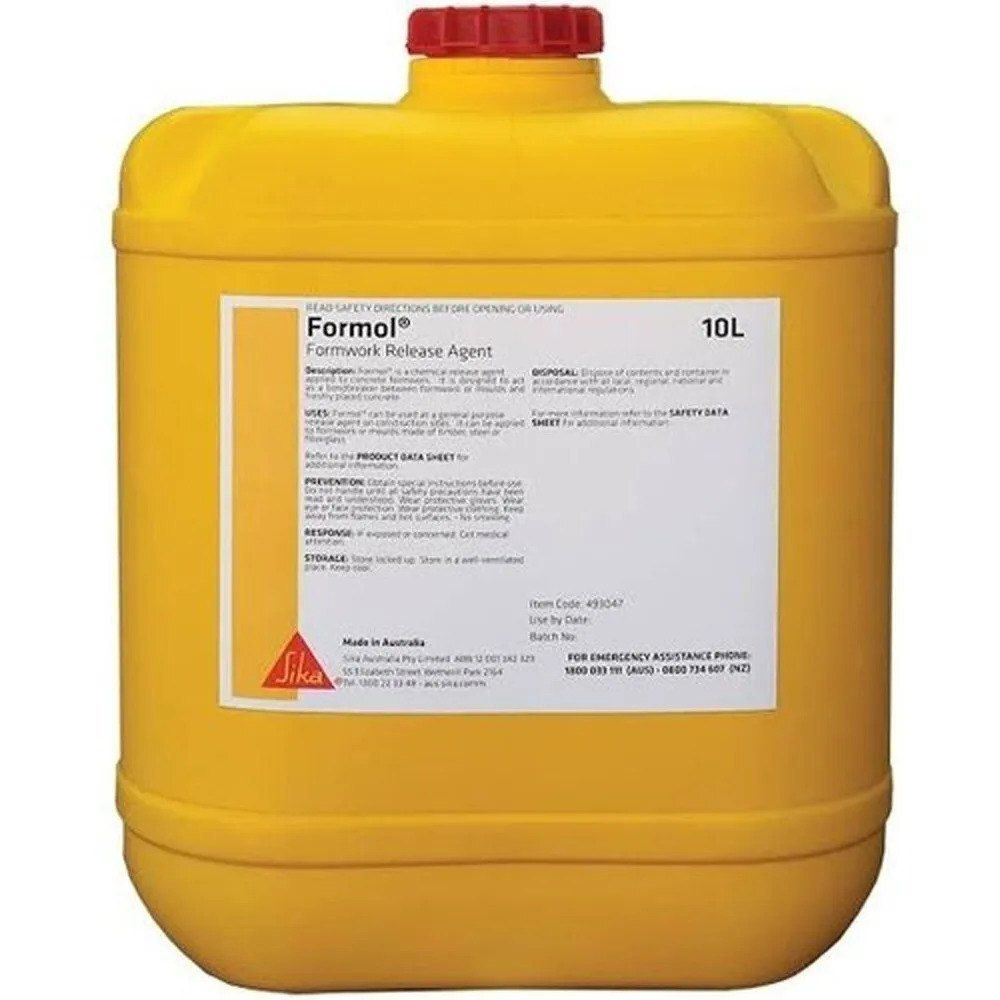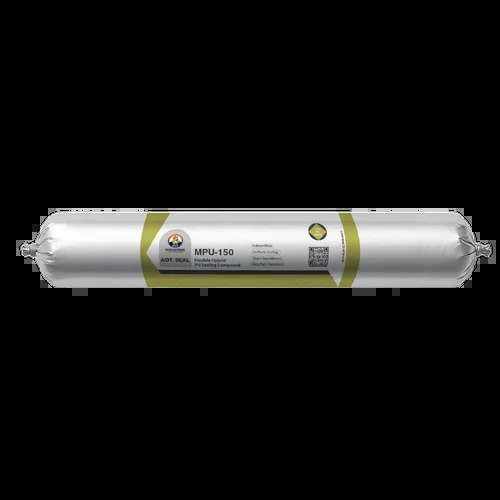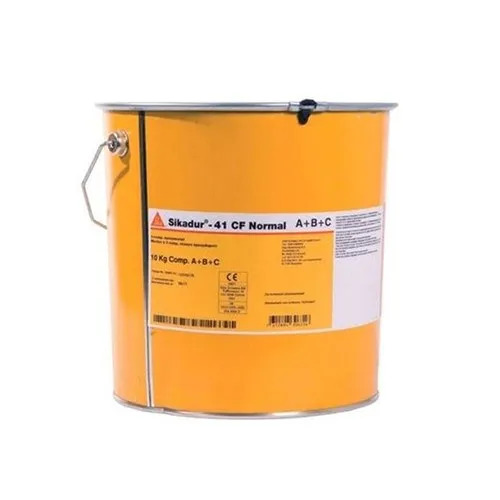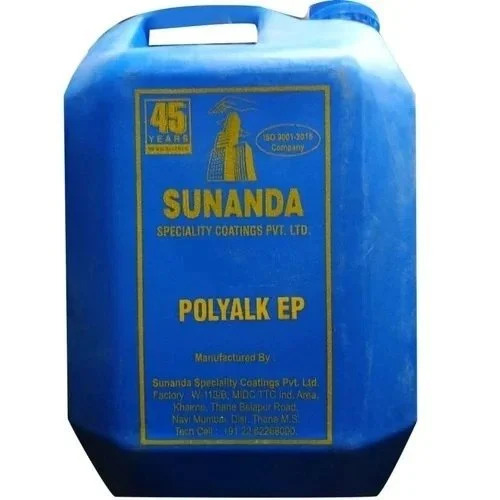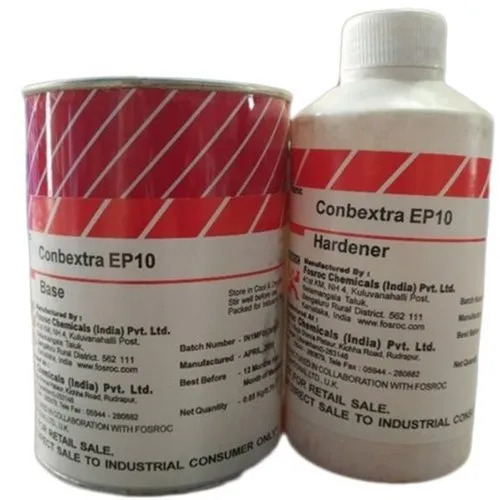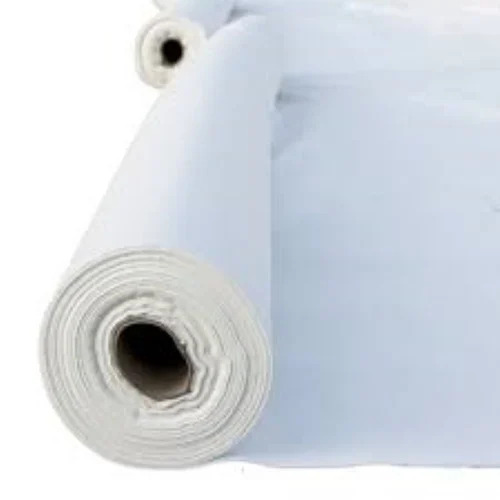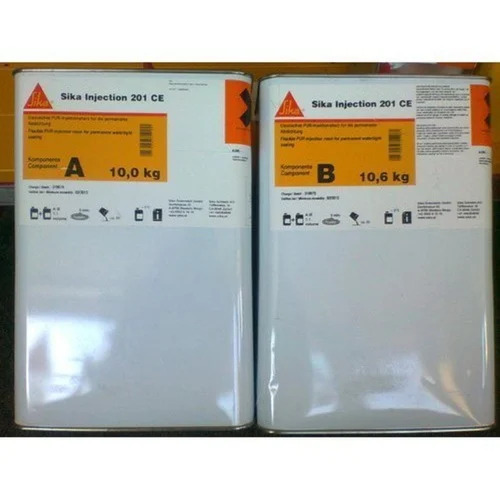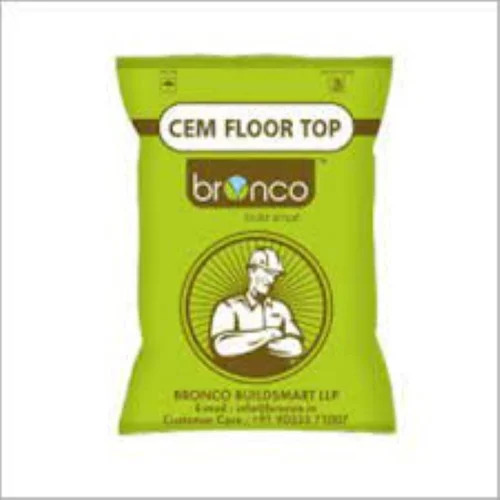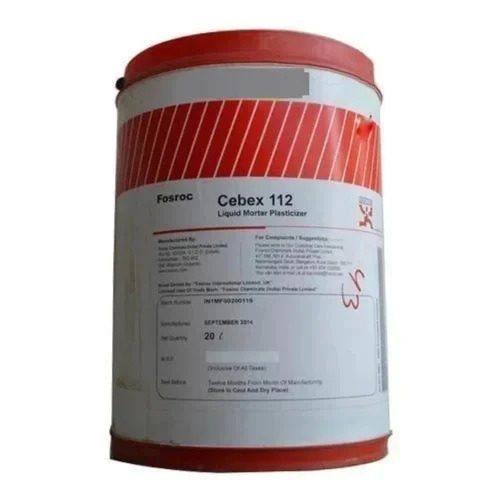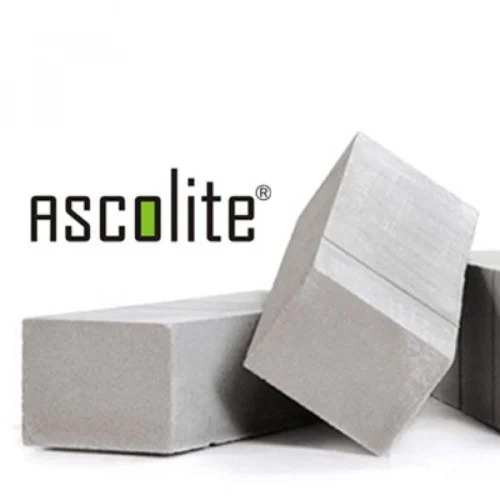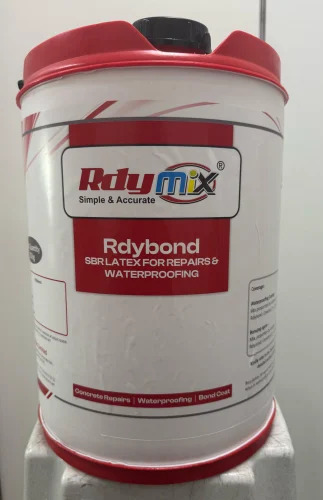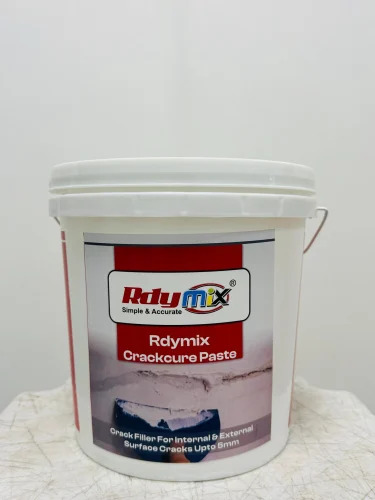 08071630549
08071630549
Showroom
Waterproofing Chemicals like RESIKON 600, with a solid content of 46.5%, and a pH level of 9-11, are utilized for enhancing adhesion between old and new concrete. When blended with cement, it forms a bond coat, reducing porosity and permeability in structures, improving flexibility, toughness, and workability.
Sealants are essential construction materials used to block the passage of fluids, air, and dust through surfaces or joints. They provide flexibility, durability, and protection in buildings. High-quality sealants enhance structural performance, ensure leak-proof finishes, and are widely applied in interiors, exteriors, glazing, and expansion joints.
Concrete repair mortar, in grey color, is designed for repairing damaged concrete surfaces. It accommodates ambient temperatures from +5C to +30C, with a bulk density of 1.3 kg/l at 27C. It requires a water-to-powder ratio of 0.13 and comes in 25kg or 30kg packaging, with a shelf life of 6 months.
Crack Fillers, in paste form, are suitable for crack filling applications with an application temperature range of 5C to 40C. They offer a skimming time of 15-45 minutes, with 85% solids content and a density of 1.70 kg/litre at 25C. Packaged in 1 kg sizes, they boast a 12-month shelf life and a white appearance.
Rust Remover and Passivator is a type of blue liquid solution in a 5-liter HDPE container, ideal for industrial usage in construction. Applied using spray method, it effectively removes rust, leaving a smooth surface finish with a high gloss. With a shelf life of 1 year, it is best stored at room temperature.
Fluid Micro Concrete, an Industrial Grade powdered formula, is ideal for concrete repair. Stored in a dry place, it ensures longevity. Its fine composition offers easy application and thorough penetration, effectively repairing cracks and voids. With industrial-grade quality, it guarantees durability and reliability for structural restoration projects.
Tile grouts are specially formulated materials used to fill gaps between tiles, offering both strength and aesthetic appeal. They prevent water seepage, resist cracks, and enhance tile durability. Modern tile grouts come in various colors and finishes, making them an integral part of flooring and wall installations.
Concrete and plaster bonding agents improve adhesion between old and new surfaces, ensuring a stronger and more durable finish. These agents prevent cracks, delamination, and poor bonding in construction projects. They are widely used in repair works, renovation, and fresh applications for improved mechanical strength and longevity.
Concrete admixtures are specialized additives mixed into concrete to enhance workability, durability, and strength. They optimize setting times, reduce water usage, and improve overall performance. Widely used in modern construction, concrete admixtures play a vital role in achieving specific results like waterproofing, higher strength, and improved surface finish.
Grouting compounds are designed to fill voids, cracks, and gaps in structures, ensuring stability and strength. They provide high compressive strength, minimal shrinkage, and durability under load. Commonly used in industrial floors, machine bases, and tile applications, grouting compounds enhance structural reliability and ensure long-lasting performance.
Surface treatments are protective coatings and processes applied to improve durability, aesthetics, and resistance of construction materials. They safeguard against moisture, chemicals, and weathering, extending the lifespan of structures. Surface treatments also enhance appearance, prevent cracks, and ensure smooth finishes, making them vital in modern construction projects.
Tile adhesives are specially formulated bonding agents designed for fixing tiles on floors and walls. They provide excellent grip, water resistance, and long-lasting strength. Unlike traditional methods, tile adhesives allow faster application, reduced wastage, and improved durability, ensuring a smooth and professional finish in construction projects.
Waterproofing chemicals are essential solutions for protecting structures from water damage, seepage, and dampness. They provide enhanced resistance against leakage, improve durability, and prevent cracks. Widely used in basements, bathrooms, terraces, and water tanks, waterproofing chemicals play a crucial role in ensuring long-lasting and safe construction practices.
Waterproof coatings are protective layers applied to surfaces to prevent water ingress and structural damage. They enhance durability, resist cracks, and protect against weather conditions. Commonly used on terraces, basements, and external walls, waterproof coatings provide long-lasting protection, ensuring safety and performance in residential, commercial, and industrial buildings.
Sealants and bondings are versatile materials used for joining, sealing, and protecting construction surfaces. They ensure durability, flexibility, and resistance to leakage or cracks. Suitable for structural and decorative applications, sealants and bondings provide strong adhesion and reliable sealing in joints, tiles, glass, wood, and other building materials.
Concrete repair mortars are specialized formulations designed to restore damaged or deteriorated concrete surfaces. They provide strength, durability, and long-lasting performance by filling cracks, voids, and broken edges. Widely used in structural rehabilitation, these mortars enhance the life of buildings, ensuring stability and improved load-bearing capacity.
Superplasticiser admixtures are advanced chemical additives that improve the workability and strength of concrete without increasing water content. They provide high fluidity, reduced shrinkage, and better durability. Widely used in modern construction, superplasticiser admixtures help produce high-performance concrete, ensuring superior quality and efficient construction results.
Free flow non shrink grouts are high-performance materials designed for precision grouting applications. They provide excellent flow, high compressive strength, and zero shrinkage, ensuring complete filling of voids. Commonly used in machine foundations, base plates, and precast joints, these grouts deliver reliability and long-term structural stability.
Waterproof membranes are protective barriers applied to surfaces to prevent water penetration and leakage. They offer high resistance to moisture, weathering, and chemical exposure. Used in roofs, basements, and water-retaining structures, waterproof membranes ensure long-lasting protection and structural integrity in residential, commercial, and industrial construction projects.
Integral waterproofing admixtures are added to concrete at the mixing stage to reduce permeability and improve resistance to water. They enhance durability, prevent seepage, and protect structures from moisture-related damage. Commonly used in foundations, basements, and water tanks, these admixtures provide long-lasting waterproofing solutions within the structure itself.
Bonding agents are materials used to improve adhesion between new and old surfaces in construction. They enhance mechanical strength, prevent cracks, and ensure long-lasting performance. Widely applied in repairs, plastering, and resurfacing works, bonding agents help achieve strong and durable joints in both concrete and masonry applications.
Injection grouts are specialized materials used to fill cracks, voids, and leakages in structures through pressure injection. They restore structural strength, prevent water ingress, and provide durability. Widely applied in tunnels, dams, basements, and bridges, injection grouts are vital for structural rehabilitation and waterproofing solutions.
Floor hardeners are applied to concrete floors to improve surface strength, durability, and resistance to abrasion. They enhance load-bearing capacity, reduce dusting, and extend the life of industrial and commercial flooring. Floor hardeners are widely used in warehouses, factories, parking areas, and heavy-duty flooring applications.
Grouts and anchors are essential materials in construction, used for filling voids, fixing machinery, and securing structural elements. They provide high compressive strength, stability, and durability. Suitable for industrial, commercial, and residential applications, grouts and anchors ensure reliable performance and long-term structural integrity.
AAC blocks are lightweight, precast building materials offering excellent thermal insulation, fire resistance, and soundproofing. They reduce construction time, improve efficiency, and are eco-friendly alternatives to traditional bricks. AAC blocks are widely used in modern construction for walls, partitions, and load-bearing structures due to their durability and versatility.
Gypsum plasters are advanced wall finishing materials that provide smooth, durable, and crack-free surfaces. They eliminate the need for additional finishing coats, reduce construction time, and offer fire resistance. Widely used in modern interiors, gypsum plasters ensure superior surface quality, excellent workability, and aesthetic appeal in building projects.
Building construction materials encompass a wide range of products including cement, aggregates, steel, adhesives, plasters, and waterproofing solutions. They form the foundation of every structure, ensuring strength, durability, and safety. High-quality building construction materials enable efficient project execution, cost-effectiveness, and long-lasting performance in residential, commercial, and industrial projects.

 English
English Spanish
Spanish French
French German
German Italian
Italian Chinese (Simplified)
Chinese (Simplified) Japanese
Japanese Korean
Korean Arabic
Arabic Portuguese
Portuguese

